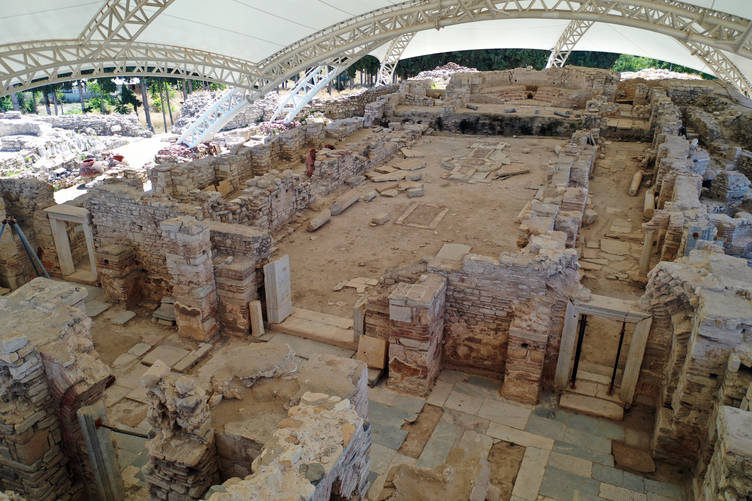
New Clues of a Late Byzantine Production Zone Uncovered at Kadıkalesi (Anaia) in Western Türkiye
Archaeological excavations at the historic site of Kadıkalesi (ancient Anaia) in Kuşadası, western Türkiye, have revealed compelling traces of glass and ceramic production dating back to the 13th century.
Led by Assoc. Prof. Dr. Suna Çağaptay from Muğla Sıtkı Koçman University, the excavations uncovered two new architectural spaces, one of which yielded pithos fragments—large storage vessels—along with glass and metal slag. These findings point toward the presence of a localized production or storage area, possibly linked to larger trade networks across the Aegean.
Located on a strategic hill overlooking the Gulf of Kuşadası, Kadıkalesi has long been recognized for its multi-layered history, spanning prehistoric, Byzantine, and Ottoman periods. Once known as Anaia—a name possibly linked to mythological Amazon queens—the site later gained the name “Kadıkalesi” (Judge’s Castle) under the Ottoman Empire, when the land was granted to a local judge.
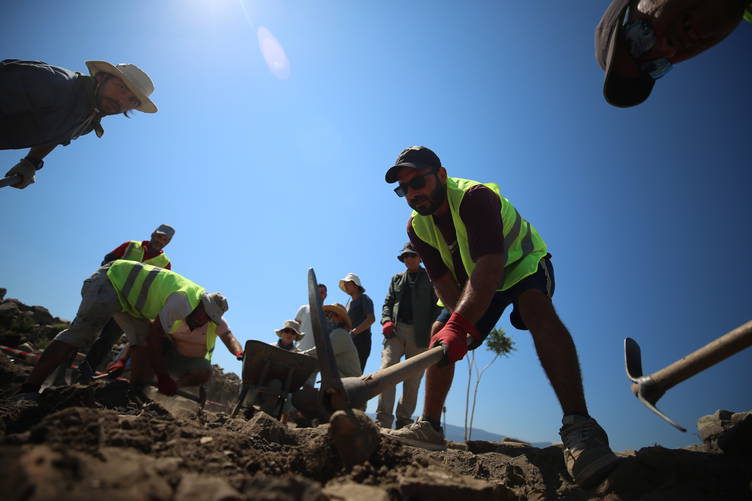
“We may be approaching a production zone,” said Çağaptay. “The slag fragments and pithos remains suggest either a workshop or layers close to a Byzantine industrial area. Although we don’t want to jump to conclusions, the current evidence—especially from the Late Byzantine period—is quite promising.”
The discovery of slag materials used in glass and metalwork strengthens the theory that Kadıkalesi was not just a defensive or religious center, but also a commercial hub. The researchers believe that these materials were not only produced locally but also traded through the adjacent harbor, which once served as a key distribution point along the Aegean coast.
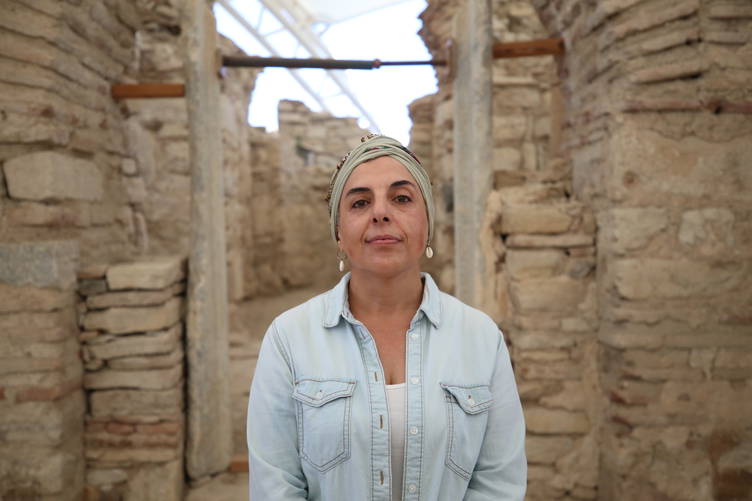
“We’re now working to prove how these goods—ceramics, glass, metals—were moved and sold beyond this site,” Çağaptay added. “What we’re seeing is the material culture of an economy—one that may have had both religious and mercantile dimensions.”
Kadıkalesi’s archaeological layers have previously yielded diverse finds including a Byzantine church, Islamic prayer spaces, Hittite-era sculptures, glazed ceramics from the 12th and 13th centuries, and 800-year-old roof tiles bearing animal footprints. The new discovery adds an economic layer to the site’s already rich narrative.
With further analysis underway, archaeologists hope to uncover a more complete picture of how production and trade functioned in this lesser-known yet strategically located Late Byzantine outpost.
Cover photo: Overlooking the Gulf of Kuşadası, the ancient site of Kadıkalesi (Anaia) reveals a multilayered history spanning from prehistory to the Byzantine and Ottoman periods. Ferdi Uzun/AA
You may also like
- A 1700-year-old statue of Pan unearthed during the excavations at Polyeuktos in İstanbul
- The granary was found in the ancient city of Sebaste, founded by the first Roman emperor Augustus
- Donalar Kale Kapı Rock Tomb or Donalar Rock Tomb
- Theater emerges as works continue in ancient city of Perinthos
- Urartian King Argishti’s bronze shield revealed the name of an unknown country
- The religious center of Lycia, the ancient city of Letoon
- Who were the Luwians?
- A new study brings a fresh perspective on the Anatolian origin of the Indo-European languages
- Perhaps the oldest thermal treatment center in the world, which has been in continuous use for 2000 years -Basilica Therma Roman Bath or King’s Daughter-
- The largest synagogue of the ancient world, located in the ancient city of Sardis, is being restored

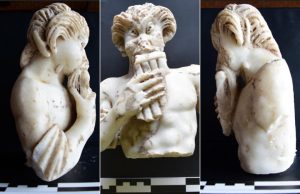
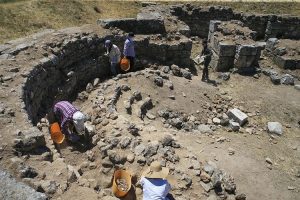
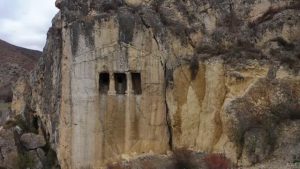
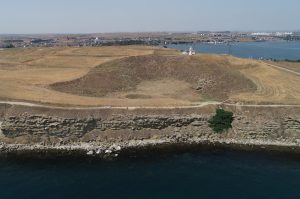
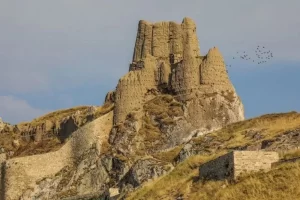
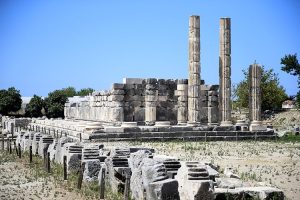
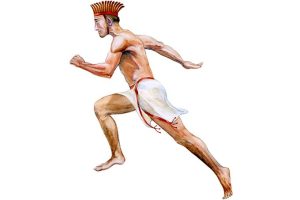

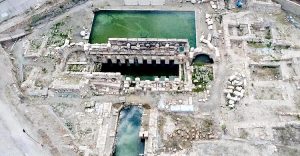
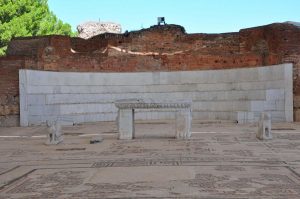
Leave a Reply